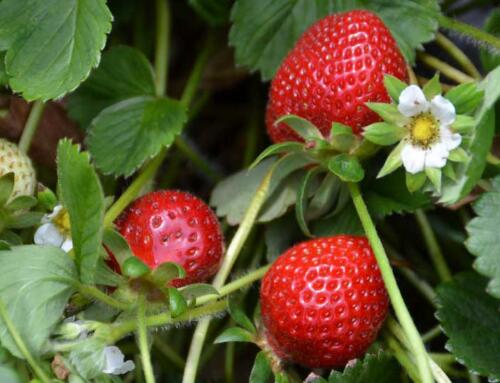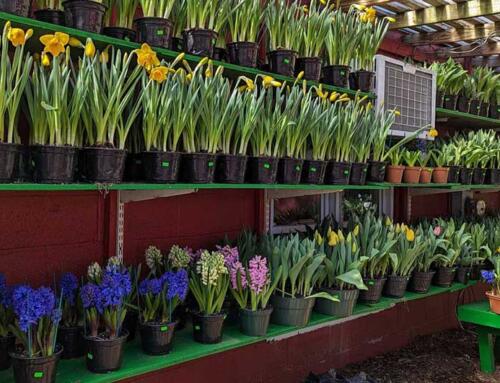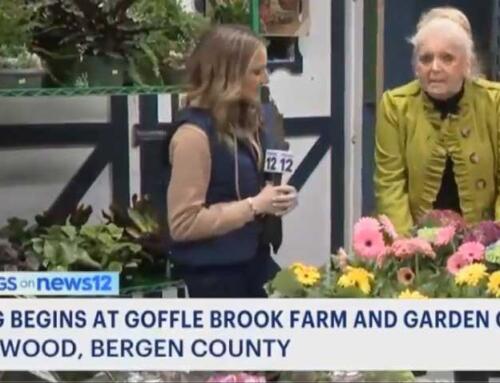Summer Plant Care for Perennials
One of the best ways to keep your perennial plants looking their best during the hot summer months is to prune your plants consistently. This is especially important to do at all times of the year regularly, but it is most important following a spring with a lot of rain, as your perennials will grow rapidly, sometimes doubling in size, depending on how much rain you get.
The main type of pruning you will do is deadheading, which is simply removing the dead flower heads. Another type of pruning involves cutting plant’s stem all the way down. Regularly pruning your plants will give them many benefits such as allowing your plant to bloom again, promote longer bloom periods, promote lush regrowth, allows you to reduce and control plant height, gives you the ability to keep plants in their own space, and can stagger bloom times. Deadheading is the most important pruning you need to do in order to maintain healthy perennials. This can extend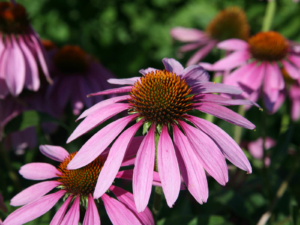 s the bloom periods of the plants by promoting growth of the additional non-bloomed flower buds. How much you should remove from the dead flower you are pruning will depend on the plant and it’s growth habits.
s the bloom periods of the plants by promoting growth of the additional non-bloomed flower buds. How much you should remove from the dead flower you are pruning will depend on the plant and it’s growth habits.
First, check below the dead flower to see if there are any new buds forming. If so, then prune the plant just above the first flower bud, but below the dead flower. This does wonders for Shasta Daisies, Black Eyed Susans, Purple Coneflowers, and many more. For the other type of pruning, you will need to check the plant, and if there are no more flower buds on the stems, then you can cut the stem to the ground. This type of pruning will promote lush growth at the base of the plant. It makes for attractive foliage, and it’s better than having no flowers there. Many perennials have very fine foliage and small flowers. Instead of removing the individual flowers, these plants can be deadheaded by pruning off the tops of the plant following the first bloom. You can remove the foliage of the plants within 4 to 6 inches of the ground if you want to. Doing so will help keep your plants under control and promotes reblooming.
If your perennials become too tall before they bloom, you can cut them back one or two times before bloom until they are the desired height. This technique will work well for Purple Coneflower, Bee balm, and Lobelia cardinalis, among other plants. The best way to do this is to cut the stems back 3 – 6 inches whenever flower buds start to form.
Day-lilies are another perennial that begins to dead-head in mid summer. Day-lilies produce only one cluster of flowers on each stem. When pruning them, remove the entire stem when the flowers have finished blooming. Doing this on repeat-blooming day-lilies like ‘Stella d’Oro’ will encourage reblooming greatly. For day-lilies 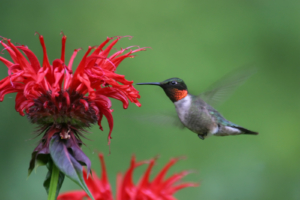 that bloom once, all you can do is remove the dead-headed day-lilies to make the garden look nicer. If and when your day-lily foliage begins to look terrible, you can cut it down to 2 – 3 inches off the ground.
that bloom once, all you can do is remove the dead-headed day-lilies to make the garden look nicer. If and when your day-lily foliage begins to look terrible, you can cut it down to 2 – 3 inches off the ground.
Deadheading is definitely recommended by us and many other gardeners and it’s one of the best ways to promote growth, add even more vibrancy to the garden, and keep your garden looking fresh,. One more great way to promote perennial blooms and enhance your perennial’s growth is with Espoma Flower Food. It’s a 3-4-5 fertilizer mix low in nitrogen, high in phosphorus and potassium in order to promote better blooms rather than more foliage. It’s available at Goffle Brook Farms, as well as our variety of other fertilizers, which you can view what we have at the store by clicking here! We hope this post helps your garden grow!


